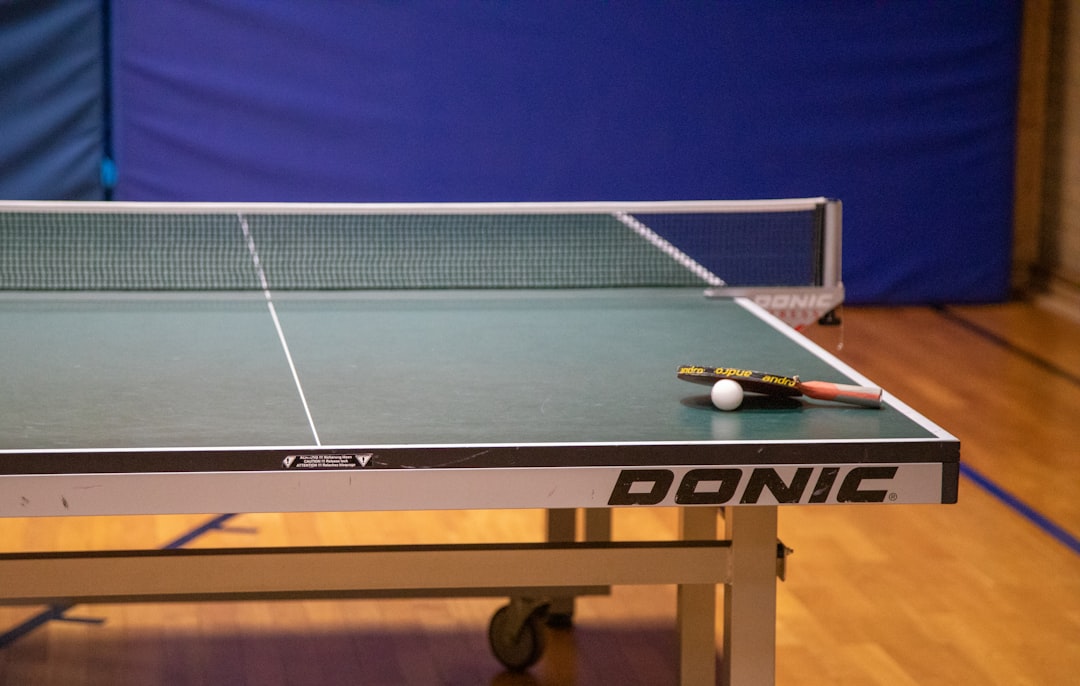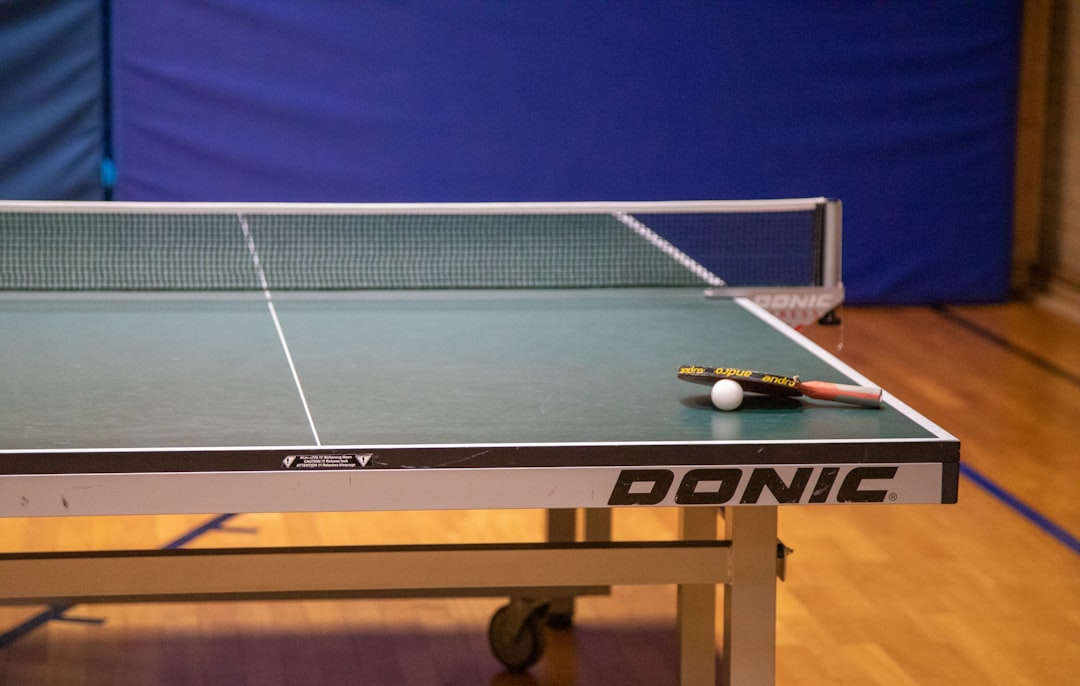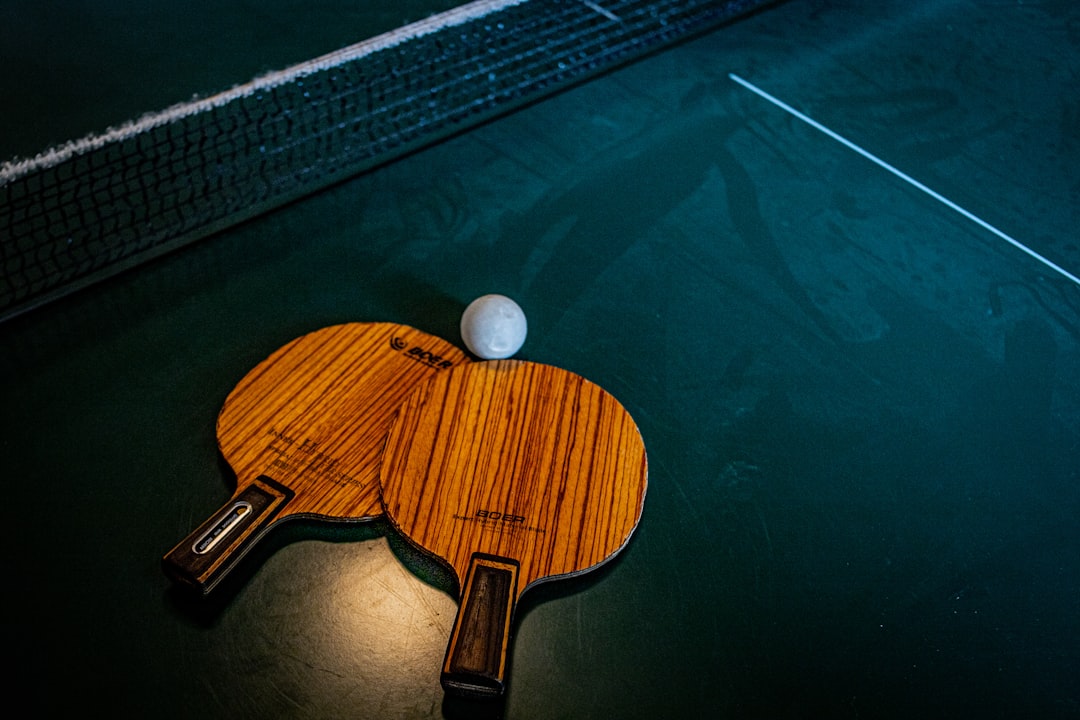When you hear someone mention “ping pong,” do you immediately think of the same sport as “table tennis”? Or do subtle differences between the two come to mind? This seemingly simple question has sparked curiosity and even friendly debates among sports enthusiasts for decades. Let’s dive into what makes these terms similar—or perhaps different—and finally clear up the confusion behind whether ping pong and table tennis are truly the same.
TL;DR (Too Long; Didn’t Read)
Ping pong and table tennis are terms that refer to the same sport, but they’ve developed different associations over time. Table tennis is the official name used by professional organizations, while ping pong is often used informally or to describe casual, recreational play. There can also be slight rule differences in some formats. However, the core mechanics and equipment of the sport are essentially the same.
The Origins of the Game
The sport known today as table tennis originated in England during the late 19th century. It began as a pastime among aristocrats who played an indoor version of lawn tennis using books as paddles and a line of books as the net. The sound the ball made on the table inspired the onomatopoeic term “ping pong.”
Later on, manufacturers sought to commercialize the game. The name “ping pong” was trademarked by the British manufacturer J. Jaques & Son Ltd, and later the American rights were acquired by Parker Brothers. Because of this trademark, organizations that wanted to promote the game for competitive play had to adopt a different name: table tennis.
What’s in a Name: Ping Pong vs. Table Tennis
On a fundamental level, both terms describe the same sport played on a table with paddles and a lightweight ball, aiming to score points by hitting the ball over the net in a legal manner. However, as time went on, public perception began to assign different meanings and characteristics to each term.</
Key Perceived Differences
- Formality: “Table tennis” is the term used in professional settings, Olympic competition, and by governing bodies like the International Table Tennis Federation (ITTF).
- Informality: “Ping pong” is commonly used among casual players and hobbyists who play more for fun than competition.
- Technique and Rules: Some informal “ping pong” rules—like playing “around the world” or “hardbat” styles—differ slightly from ITTF-sanctioned table tennis rules.

Equipment: Is There a Difference?
While both sports use nearly identical gear, some variations can still be found between competitive table tennis and recreational ping pong kits.
Table Tennis Equipment
- Rubber Paddles: Professional paddles feature high-quality sponge and rubber layers to allow higher spin and speed.
- Plastic 40mm Ball: Modern table tennis uses 40mm diameter plastic balls with a .86g weight, complying with ITTF standards.
- Standardized Tables: Regulation tables are 9 feet long, 5 feet wide, and 30 inches high with a 6-inch net in the center.
Ping Pong Equipment
- Hardbat Paddles: In casual play, especially in “hardbat” tournaments or home settings, paddles often have pimpled rubber without sponge backing.
- Mixed Ball Types: Recreational players may use balls of various sizes and materials.
- Varied Tables: Tables may be smaller or less uniform in informal settings, such as in schools, garages or basements.
Competitive vs. Recreational Play
One of the starkest ways the two terms diverge nowadays is in their usage depending on the level of play. Table tennis is a globally recognized competitive sport with organized leagues, rankings, and major events like the Olympics and World Championships.
Meanwhile, ping pong often conjures images of recreational, fast-paced kitchen table showdowns, or university dormitory setups. This informal aura doesn’t necessarily mean the sport is less skilled—it just shifts the emphasis from global ranking to good-natured fun.
However, there is a version of competitive ping pong that sets itself apart from ITTF-sanctioned table tennis. Organizations like the World Championship of Ping Pong promote the game using “hardbat” style paddles, which reduce spin and increase rally length, offering a throwback to early styles of play.

Governing Bodies and Rules
The international authority overseeing professional table tennis is the International Table Tennis Federation (ITTF). Established in 1926, ITTF created a standardized rulebook that governs professional matches around the world.
On the other hand, “ping pong” doesn’t have a unified global body for regulation. There are some local or specialized circuits, such as:
- World Championship of Ping Pong (WCPP): Focuses on reviving the hardbat format.
- USATT (USA Table Tennis): Occasionally holds retro-style or recreational events under the “ping pong” banner.
Here are some differences between professional table tennis and hardbat ping pong tournaments:
| Aspect | Table Tennis (ITTF) | Ping Pong (Hardbat) |
|---|---|---|
| Paddle Type | Smooth rubber with sponge | Pimpled rubber, no sponge |
| Game Pace | Fast, spin-heavy | Slower, longer rallies |
| Scoring System | Best of 5 or 7 games, 11 points | Often 15 or 21-point format |
Popularity and Cultural Impact
The term “ping pong” often evokes a sense of fun, accessibility, and nostalgia. It’s a word wrapped in friendly competitiveness, after-school matches, and family events. Meanwhile, “table tennis” often brings visions of sleek footwork, elite hand-eye coordination, and international athleticism.
In pop culture, “ping pong” usually gets more attention. From Hollywood movies like Forrest Gump to bar games and college tournaments, ping pong has made a name for itself separate from traditional sports portrayals.

Conclusion: Are They the Same?
At their core, ping pong and table tennis are indeed the same sport. The confusion arises from diverging contexts and levels of formality in how the sport is played and perceived.
If you’re watching an Olympic broadcast, you’re witnessing table tennis. But if you’re challenging friends in a basement or pub, you’re probably calling it ping pong. Even if the rules and vibe differ slightly, the shared passion for the game unites both communities.
So whether you spin it like a pro or just bat the ball around for laughs, you’re enjoying one of the world’s most beloved sports—regardless of what you call it.
Final Takeaway
- “Ping pong” and “table tennis” are primarily different in name and context—one casual, the other competitive.
- In terms of equipment and basic gameplay, they refer to the same sport.
- Governing bodies and tournament rules apply specifically to table tennis, but alternative formats like hardbat ping pong are gaining interest too.



